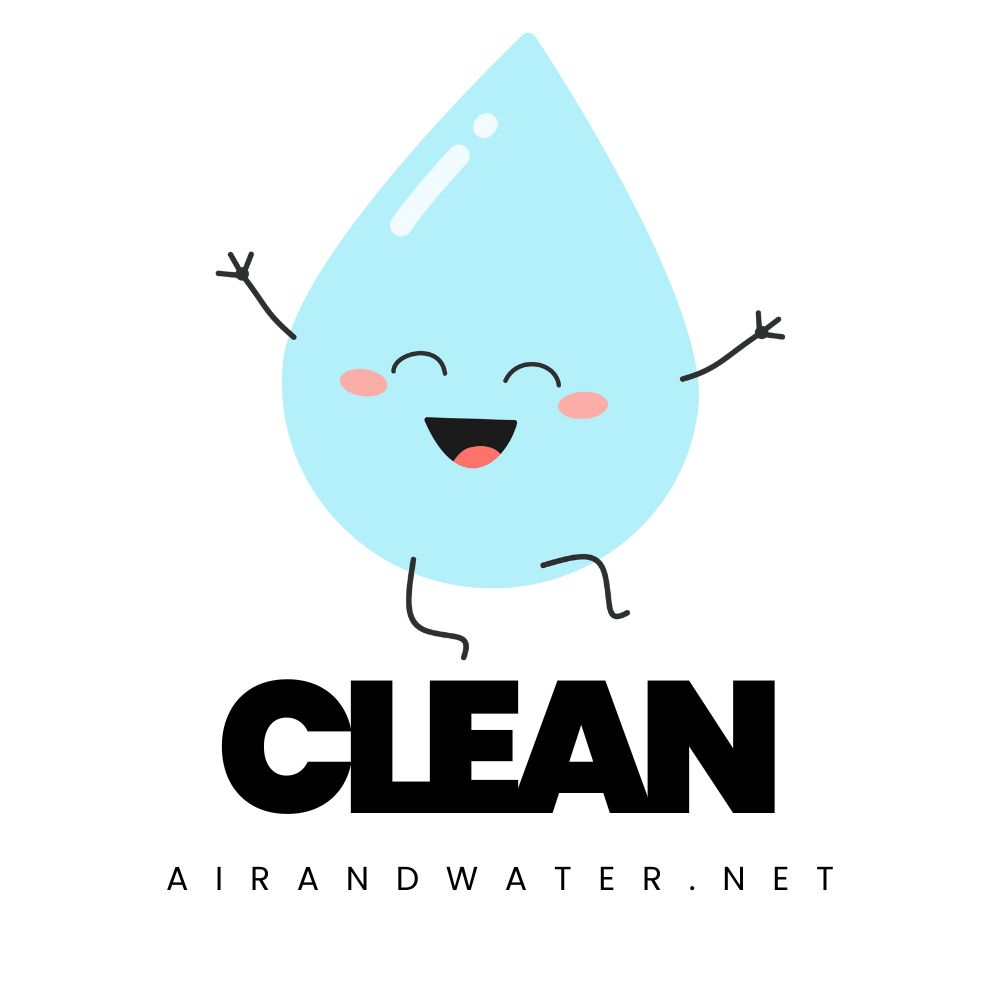San Jose Water Quality at a Glance
multiple contaminants
Is San Jose Water Safe to Drink?
Generally Compliant with Emerging Concerns – San Jose water meets federal standards but contains 8 different contaminants that exceed health guidelines. Key issues include PFAS chemicals (PFOS at 6.2 ppt exceeds EPA standards), disinfection byproducts from chlorine treatment, chromium-6 at levels 98 times higher than safety recommendations, and naturally occurring radium. The city has invested heavily in infrastructure upgrades and PFAS treatment systems.
⚠️ Key Concerns for San Jose Residents
- PFAS “Forever Chemicals”: PFOS detected at 6.2 ppt exceeding EPA’s 4 ppt limit; multiple wells shut down; affects all 1 million San Jose Water customers
- Disinfection Byproducts: TTHMs and HAAs from chlorine treatment at levels 139-276 times above EWG safety recommendations; linked to cancer risk
- Chromium-6: Unregulated carcinogen detected at 4.5 ppb – 98 times higher than safety guidelines; causes stomach cancer
- Infrastructure Investment: $450 million planned over 3 years for system upgrades, PFAS treatment, and replacing 75 miles of water mains
Read the full report below for detailed analysis, city-specific data, and actionable recommendations for San Jose residents.
San Jose – California – Water Quality Report 2025: PFAS Testing, Infrastructure Concerns & Safety across your city
San Jose, the third-largest city in California and tenth-largest in the United States, manages a complex water delivery system serving over 1 million residents. The city’s water infrastructure is operated by San Jose Water Company, a subsidiary of SJW Group, which maintains approximately 2,400 miles of water mains, numerous pumping stations, and over 350,000 service connections throughout Silicon Valley.
San Jose’s water comes from a diverse portfolio of sources including groundwater from the Santa Clara Valley’s aquifers, purchased surface water from the Santa Clara Valley Water District, and imported water from the State Water Project via the South Bay Aqueduct. The city has invested heavily in groundwater management and recharge, operating artificial recharge ponds and implementing advanced conservation programs. San Jose’s proximity to the tech industry has driven innovation in smart water management, including extensive use of digital monitoring systems and automated leak detection throughout its distribution network.

San Jose Water Quality: Current Status (2024-2025)
Latest Testing Results
- Lead Levels: The most recent testing period (January-December 2024) showed 90th percentile lead levels below 5 parts per billion (ppb), well below the EPA action level of 15 ppb, reflecting effective corrosion control and infrastructure management.
- Testing Scope: San Jose Water Company conducts over 18,000 water quality tests annually, including routine monitoring at hundreds of residential locations, focusing on comprehensive water quality assessment.
- Compliance Status: San Jose’s water meets or exceeds all federal and state drinking water standards, though contains 8 contaminants that exceed health guidelines according to Environmental Working Group analysis.
Diverse Water Sources
- Groundwater Resources: Approximately 50% of San Jose’s water comes from the Santa Clara Valley groundwater basin, which is actively managed and recharged to prevent overdraft.
- Surface Water Supplies: About 40% comes from imported water via the South Bay Aqueduct (Sacramento-San Joaquin Delta) and local reservoirs including Anderson and Calero.
- Treated Water: Remaining supplies come from the Santa Clara Valley Water District’s treatment facilities and San Francisco Public Utilities Commission for certain service areas.
Advanced Treatment Technology
- Groundwater Treatment: Multiple groundwater treatment plants utilize ion exchange systems for PFAS removal, granular activated carbon, and advanced oxidation processes to remove emerging contaminants.
- Surface Water Processing: The Santa Teresa Water Treatment Plant employs conventional filtration, disinfection, and fluoridation for comprehensive contaminant control.
- Corrosion Control: Optimized corrosion control treatment prevents lead and copper leaching, with chemical dosages adjusted based on water quality monitoring.
Silicon Valley Innovation
- Smart Water Networks: Advanced metering infrastructure rollout from 2024-2027 with real-time monitoring helps detect leaks and optimize system pressure to reduce water loss.
- Water Conservation Technology: Smart meter installations provide customers with usage tracking, leak alerts, and conservation insights through the MySJWater portal.
- Leak Detection: Advanced acoustic leak detection systems identified 430 leaks in 2024, saving over 400 million gallons of water through proactive maintenance.
Environmental Stewardship
San Jose’s commitment to water sustainability includes extensive infrastructure investment, with $450 million planned over three years (2025-2027) for system upgrades and reliability improvements. The company has implemented comprehensive PFAS monitoring since 2019 and is actively designing ion exchange treatment facilities. San Jose Water Company maintains system water loss at approximately 8% through proactive pipeline replacement (24 miles annually) and real-time leak detection, demonstrating commitment to water efficiency in urban California.
Recommendations for San Jose Residents

Embrace Smart Water Use
Take advantage of Silicon Valley innovation by installing smart irrigation controllers and using the MySJWater portal to monitor usage. Set up leak alerts to catch problems early and save money.
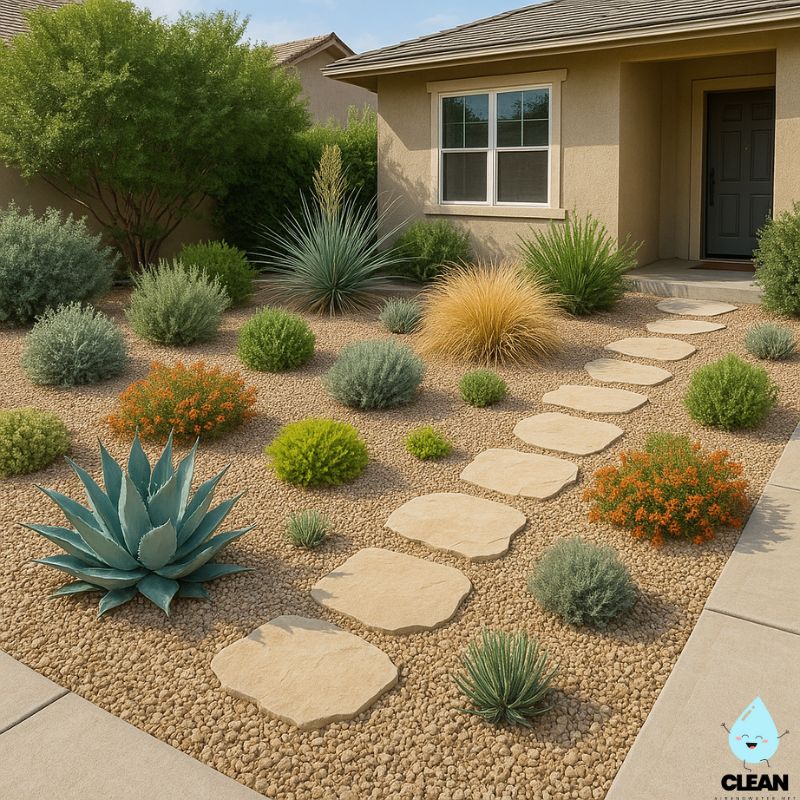
Conserve During Drought
Follow state and local water restrictions, including limited outdoor watering schedules. Consider drought-tolerant landscaping and take advantage of turf replacement rebates available through the water district.
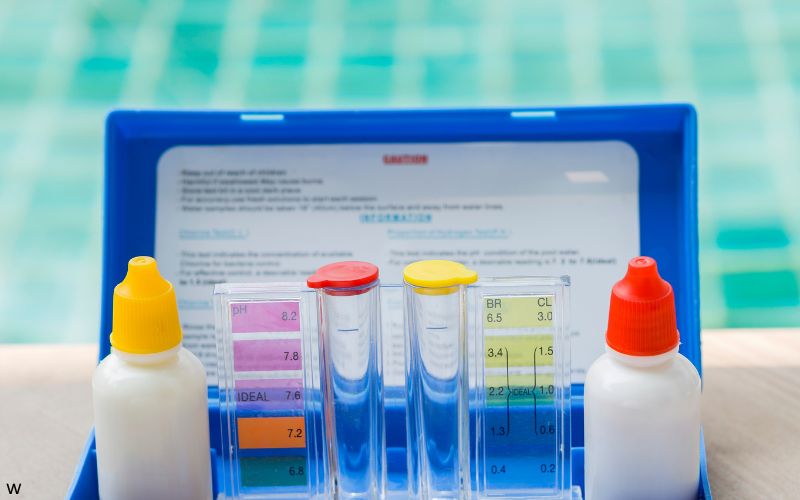
Monitor Your Water
Request water quality testing through San Jose Water Company at (408) 279-7900 if you have concerns. Review the annual Water Quality Report for comprehensive data on your local water supply.
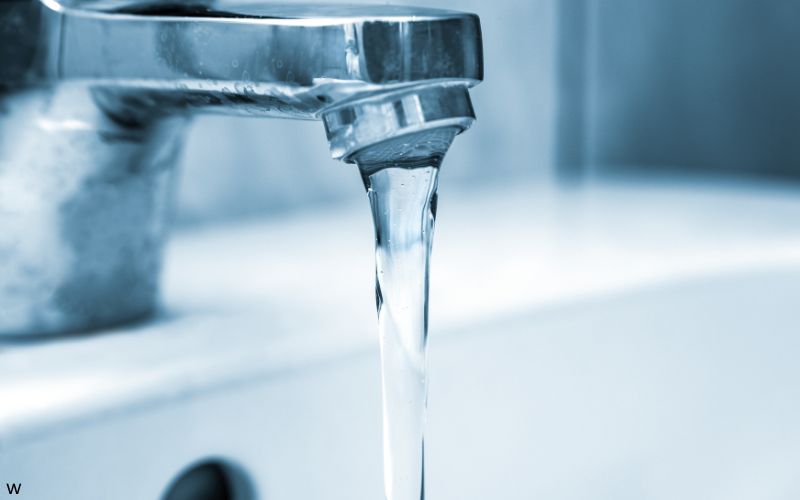
Use Cold Water
Always use cold water for drinking and cooking, as hot water may contain higher levels of metals from plumbing. If water hasn’t been used for 6+ hours, run for 30-60 seconds before consumption.
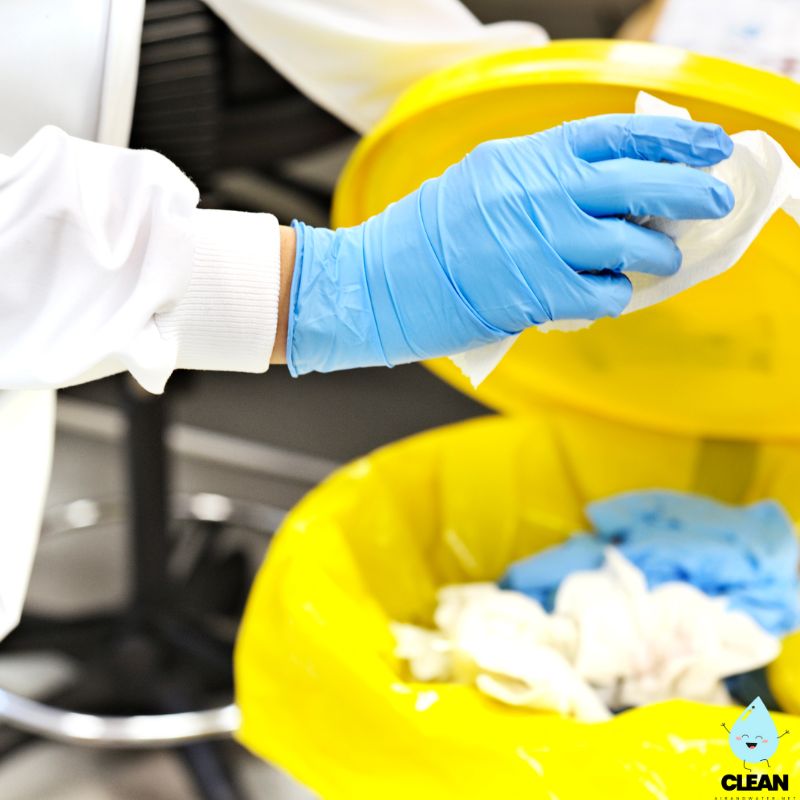
Protect Water Quality
Properly dispose of medications, chemicals, and household hazardous waste. Participate in community watershed protection events and educational programs to help maintain our local water sources.
Quality News About Your Water
Get the comprehensive water quality news coverage you need with our dedicated US Water News Service. From coast to coast, we deliver in-depth reporting and expert analysis on PFAS contamination, EPA regulatory changes, infrastructure developments, and emerging water safety issues affecting communities nationwide. While mainstream media only covers the biggest stories, we provide the detailed, ongoing coverage that helps you understand the full scope of America’s water challenges. Whether you’re a concerned citizen, water professional, or community leader, our daily updates and analytical insights keep you informed about the issues that matter most to public health and environmental safety.
Frequently Asked Questions
Is San Jose’s tap water safe to drink?
Yes, San Jose’s tap water meets all federal and state drinking water standards. The water undergoes extensive treatment and testing, with over 18,000 quality tests performed annually. San Jose Water Company maintains comprehensive testing programs monitoring for hundreds of compounds.
However, the water contains 8 contaminants that exceed health guidelines according to Environmental Working Group analysis, including PFAS chemicals, disinfection byproducts, and chromium-6. While legally compliant, residents may consider NSF-certified water filters for additional protection, especially those in homes built before 1987.
Where does San Jose’s water come from?
San Jose relies on a diverse portfolio of water sources, making the supply more resilient to drought and other challenges:
• Groundwater (50%): Local aquifers recharged through natural and artificial means
• Imported Surface Water (40%): From the Sacramento-San Joaquin Delta via South Bay Aqueduct
• Local Surface Water (10%): Anderson and Calero Reservoirs and other local sources
Different service areas receive water from different sources – Evergreen gets treated surface water from Santa Clara Valley Water District, while Edenvale and Coyote Valley use groundwater.
How does Silicon Valley influence water management?
San Jose’s location in Silicon Valley has driven technological innovation in water management, including:
• Smart Metering: Advanced metering infrastructure rollout from 2024-2027 with real-time monitoring
• Leak Detection Technology: Advanced acoustic systems that detected 430 leaks in 2024
• Customer Portals: MySJWater platform for usage tracking and bill management
• Infrastructure Investment: $450 million planned for 2025-2027 including PFAS treatment systems
• Water Conservation: AI-powered systems and smart irrigation technology
These innovations help San Jose achieve efficient operations with system water loss maintained at approximately 8%.
What are the current water conservation requirements?
San Jose follows California’s statewide requirements and local ordinances for water conservation:
Mandatory Conservation Measures:
• No outdoor watering during or 48 hours after measurable rainfall
• No runoff from irrigation onto hardscapes (sidewalks, streets)
• No hosing down hardscapes (use brooms instead)
• Follow local watering schedule restrictions
Voluntary Conservation:
• Install water-efficient fixtures and appliances
• Plant drought-resistant landscaping
• Take advantage of rebates for water-saving devices
Check sjwater.com for current conservation programs and specific restrictions in your area.
Contaminants of Concern

PFAS Compounds
Source: Industrial processes, firefighting foam, and consumer products that have contaminated some groundwater sources
Health Effects: Potential increased cancer risk, decreased vaccine response, increased cholesterol, and reproductive effects
Current Status: PFOS detected at 6.2 ppt in wells, exceeding EPA’s 4 ppt limit; affected wells shut down and ion exchange treatment systems being installed
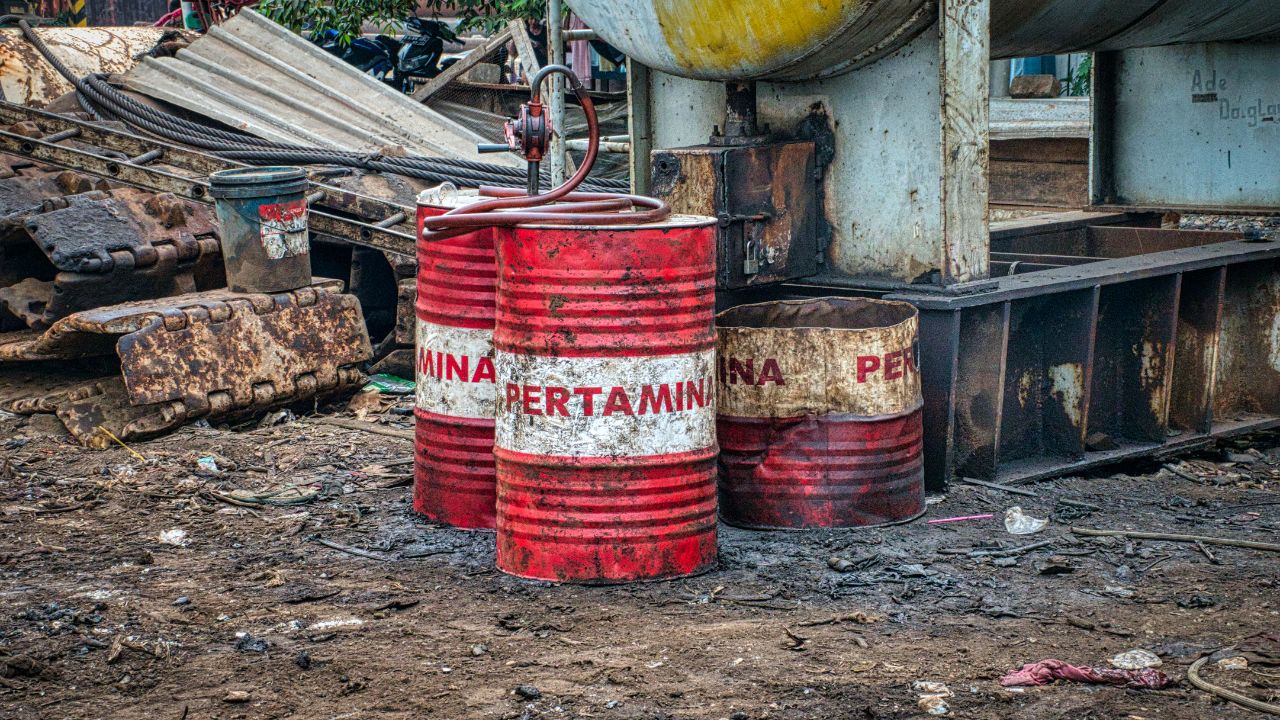
Disinfection Byproducts
Source: Form when chlorine and chloramine disinfectants react with naturally occurring organic matter during water treatment
Health Effects: TTHMs and HAAs linked to increased cancer risk, liver and kidney damage, and reproductive issues
Current Status: Levels detected at 139-276 times above EWG health guidelines, though below federal maximum contaminant levels
Please read – our information
The information presented on cleanairandwater.net is compiled from official water quality reports, trusted news sources, government websites, and public health resources. While we strive for accuracy and thoroughness in our presentations, we are not scientists, engineers, or qualified water quality professionals.
Our mission is to present water quality information in an accessible, real-world format that helps people understand what’s in their water and make informed decisions about their health and safety. We believe that complex environmental information should be available to everyone in a format that’s easy to understand.
We make every effort to ensure our content is current and accurate, but we cannot guarantee that all information is complete or error-free. This website should not replace official communications from your local water utility or health department. We always recommend consulting official sources for the most up-to-date information regarding your specific water system.
Clean Air and Water is not liable for any unintentional errors, omissions, or outdated information. The content on this site is provided for informational purposes only and should not be considered professional advice.
